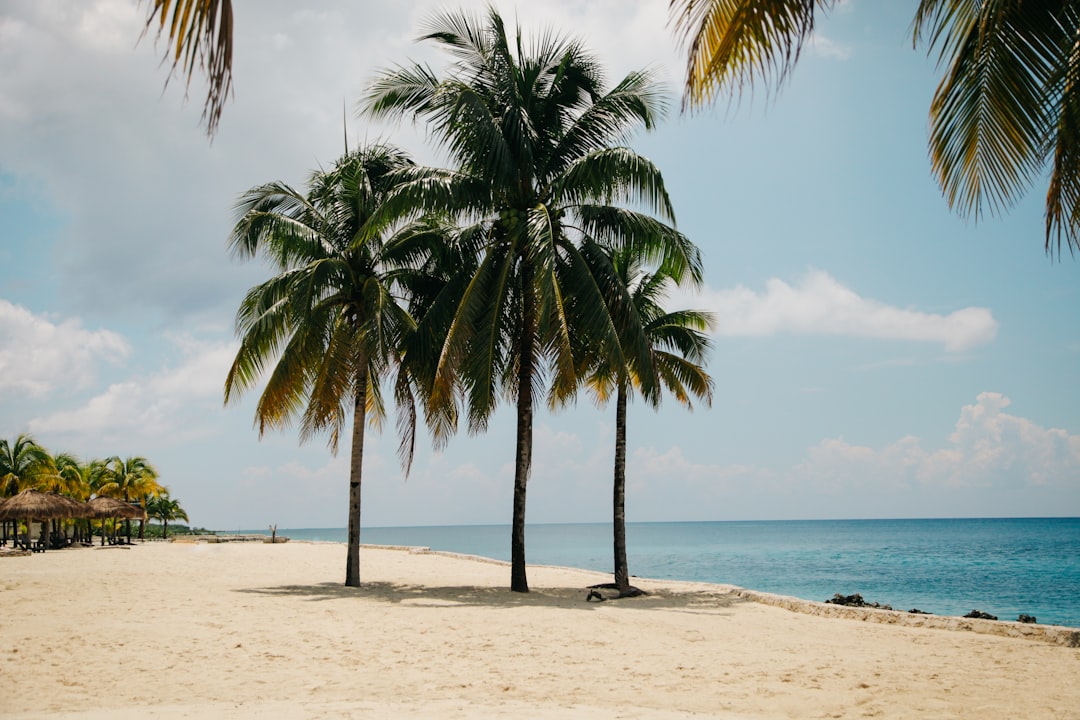What is it about?
The motion of water in a narrow gap, may lead to large amplitude oscillations and hence wave loads. The phenomenon is normally named gap resonance. It is characterized by vertical walls of water and radiated waves. We present a systematic description of fluid physics so that added mass and damping coefficients can be evaluated with accuracy.
Featured Image

Photo by Hubert Neufeld on Unsplash
Why is it important?
The problem has drawn significant research attention because of its potential to induce large amplitude motions in the proximity of two floating bodies as well as variations in hydrodynamic pressures that may lead to highly amplified loads. Examples of application to maritime operations include the berthing of an oil tanker alongside a floating production storage and offloading unit, replenishment at sea operations, and channels within large ice floes.
Perspectives
In my opinion the publication is very useful in terms of estimating the hydrodynamic coefficients and therefore the prediction of wave loads. The results presented are based on a 2D modeling and simulation method. Thus, they are limited to the analysis of sway, heave, and roll motions. Such idealizations cannot fully replicate the complexities of flow physics in way of the gap's horizontal openings. It is therefore recommended that future research will focus on the exploration of the influence of surge, pitch, and yaw motions as well as the fluid flow features associated with gap resonance by three-dimensional simulations. The basics of the method could be used to update the Popov method empirical coefficients for the prediction of sea ice loads on ship hulls.
Spyros Hirdaris
Read the Original
This page is a summary of: A two-dimensional Reynolds averaged Navier–Stokes investigation on gap resonance and wave elevation around two side-by-side bodies with motions, Physics of Fluids, December 2023, American Institute of Physics,
DOI: 10.1063/5.0180027.
You can read the full text:
Resources
Contributors
The following have contributed to this page










